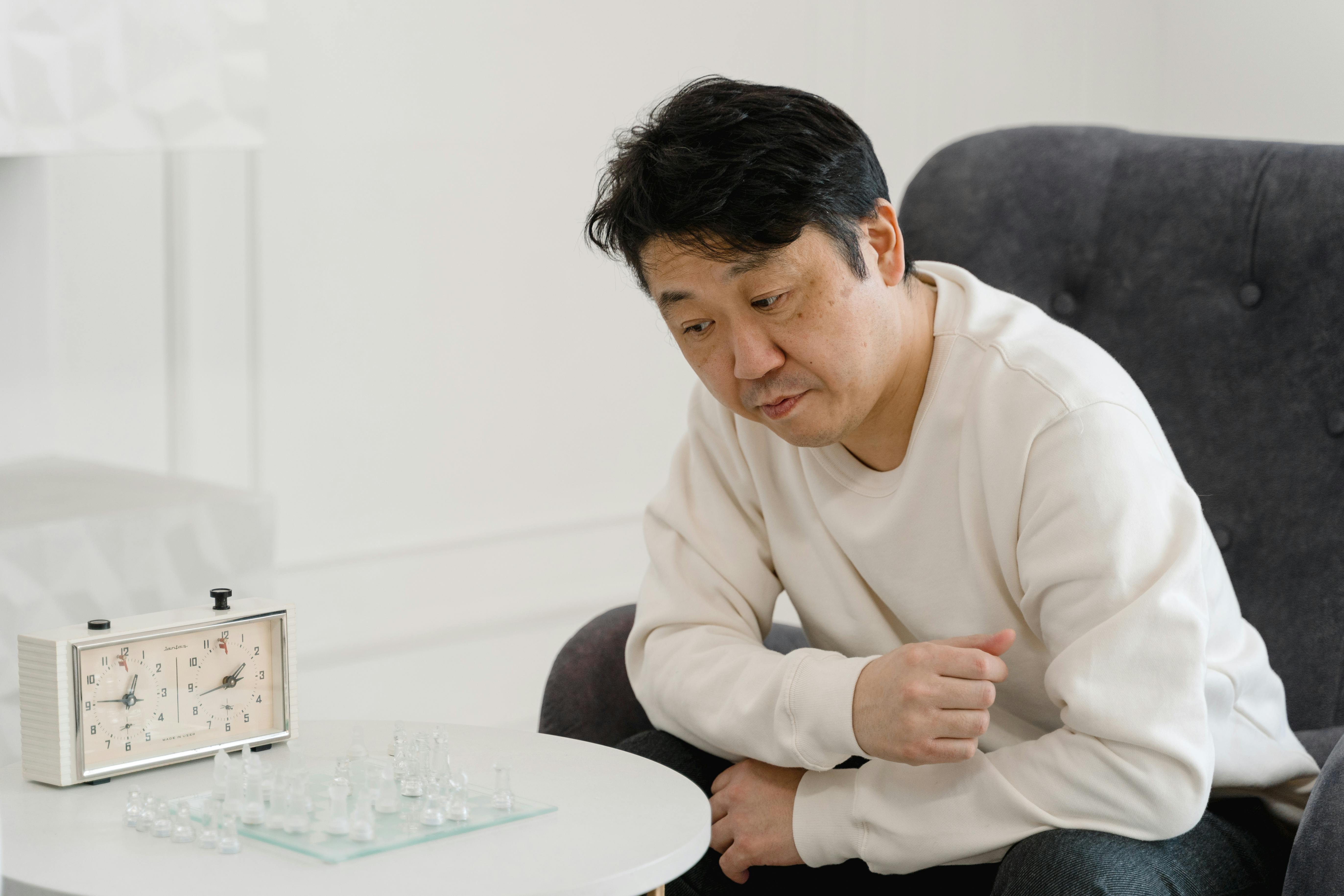
Placenta rituals from cultures around the world
The placenta is an amazing and unique organ. It grows with the baby from the first cell divisions, so it can begin its important work of nurturing as soon as possible.
It is the direct physical bond between mother and child and as such can even bring comfort to the baby. They grow together, intertwined and connected in the womb. At the time of birth, the placenta maintains its connection with the uterus for as long as possible, to continue sustaining life until the successful arrival of the baby to the outside world. Only then does it give up its grip on the mother and is also born. However, in the case of the placenta, its birth will only hasten its death. Still, the connection between the placenta and the child continues after the duo is born. If allowed to separate naturally, as in the birth of a lotus, the placenta will remain attached to the baby for several days before inevitably breaking its bond.
Considering the powerful role of the placenta in a child’s perfect, serene, early life, it is easy to understand how the placenta is considered sacred in other cultures.
Eloquent ceremonies are held to honor the placenta in countries around the world, and even here in our own backyard. Navajos in the southwestern United States routinely bury a child’s placenta within the sacred Four Corners region to unite the child to their ancestral land and people. New Zealand Maori bury the placenta in native soil for the same reason. They even applied their word of earth to the placenta – whenua. In certain regions of Siberia, the buried placenta is believed to be sick or uncomfortable if the baby becomes ill. The grave is treated and the placenta may be reburied elsewhere in the hope of healing the child. 1
Interpretation of the relationship between the placenta and the child varies greatly throughout the world. The Ibo of Nigeria and Ghana consider the placenta to be the baby’s twin. The Aymara and Quecha peoples of Bolivia say that the placenta has its own spirit. Malaysians consider the placenta to be the older brother of the child. When the baby unexpectedly smiles, it is said that he is playing with his brother. The Parigi of the Celebes Islands also see the placenta as the older brother. It is carefully preserved in a special pot, wrapped in white cotton, and ritually buried by the mother. Palm trees are then planted to honor the burial site. Similar beliefs can be found in Java and Bali. The Toba-Bataks of Sumatra believe that the placenta is the younger brother. It is also believed to contain one of the seven souls each person possesses, which can act as a kind of conscience for the child. In Iceland, it is argued that the child’s guardian spirit resides in the placenta, leading them to call it “fylgia”, which means “guardian angel”. In Western Australia, the placenta is considered to be the child’s companion. It is stored in a covered pot for three days before burial, during which there is an honorific silence.
The Baganda of Uganda believe that the placenta is actually a second child. Not only is it the double of the child, but the placenta also has its own spirit that resides in the umbilical cord. The part of the cord attached to the baby must be carefully preserved to ensure the good health of the child. If the child is of royal blood, the placenta itself is ritually preserved and carried in processions by a high-ranking official. This custom is remarkably similar to that of the Egyptians, although the Egyptians carried the placenta figuratively.
The ancient Egyptians believed in the duality of souls: one soul inhabited the body and the other the placenta. The placenta even had its own hieroglyph, which looked like a cross section of a human placenta. In royal processions, a high-ranking official carried a banner representing the placenta. This standard, or symbol, is represented as an organ with two lobes, an umbilical cord, and membranes folded back. In certain ancient texts, this symbol is even the correct color; dark brown with hints of red. Entire tombs may have been built to house the royal placentas of the pharaohs. Neter-Khet of the Third Dynasty built the step pyramid of Saggara, but his body is buried at Bet Khallaf. Menkau-Ra of the Fourth Dynasty built it, the smallest of the Giza pyramids, but his body is buried in Abu-Roash. Some experts interpret this to mean that the second grave was created specifically for the placenta.
It is clear that the placenta has held a place of honor throughout our history. Perhaps we should acknowledge the wisdom of the ancients and see that the placenta is more than just a messy placenta to be discarded and ignored in excitement and joy at the birth of a beautiful new child. An honor ritual does not need to be elaborate; It could be as simple as looking over the placenta and silently thanking it for its role in bringing that beautiful baby to light.
Other ritual ideas could be to bury the placenta and plant a tree in the same place. The placenta can be dried and ground, and the granules can be blown into the wind in a place that was meaningful to you during your pregnancy. The umbilical cord can be removed and twisted into a heart or crown, then completely dried, leaving you with a lasting memory to remember this momentous time in your life.
The placenta serves an important and sacred purpose in fostering a new life. I think it is important to see our bodies as the magical and beautiful beings that they are. Let’s honor that perfection of nature in a meaningful way.